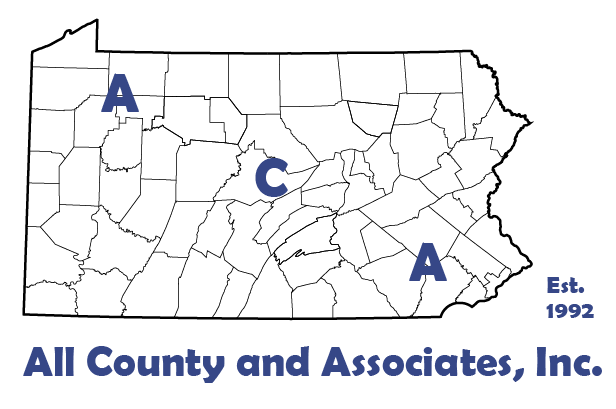
Two weeks ago, we took a look at the environmental review process of the PNDI. Therefore, we will look at what is one of the most common potential impacts, the Bog Turtle. In some projects, it can cause mitigation measures, while others need a full submission. Most submissions need a Phase I, and even a Phase II Bog Turtle survey. Ultimately, an on-site habitat can even alter a design.
What is a Bog Turtle?
Reaching threatened and/or endangered status in 1997, bog turtles are the rarest turtle in North America. It is the smallest turtle, measuring between 3 and 4.5 inches, to inhabit Pennsylvania. The bog turtle is only located in fourteen southeastern PA counties. Finally, they are recognized by the large orange blotches on the sides of the head, while their bodies and shells are dark brown.
One of reason for the endangered status are their very specific habitat requirements. To begin with, the turtle lives in wet meadows where tussock sedge and grasses exist. In addition, the species need open conditions and prefer groundwater seeps over open water. Finally, the poor water quality and predation by raccoons led to the decline in population.
See the following fact sheet for more information on bog turtles www.naturalheritage.state.pa.us/factsheets/11522.pdf.
Recovery Plan?
In 2001, the Wildlife Conservation Society, in conjunction with US Fish and Wildlife, published a recovery plan for the northern population. The plan is available at https://www.fws.gov/northeast/pafo/pdf/BT_Recovery_Plan.pdf. It established four criteria for success:
- Long-range protection for at least 185 populations
- Five-year interval monitoring for 25-years to show stable or increasing populations
- Elimination of collection and trade as a threat
- Monitor and manage threats, including succession, invasive plants, hydrology, and predation.
Based on the plan, nine action steps were identified. The action steps came to an estimated cost of $1,863,000. Additionally, the plan estimates the bog turtle delisting would initiate in 2050 if criteria are met. It indicated that the biggest hurdle was urban sprawl. This is why land use planning now includes bog turtle studies when identified by a PNDI.
Who is ACA?
Started in 1992 and located in Chester County, PA ACA has grown to become a full-service engineering firm. Today, we merge professional services with practical knowledge for residential and commercial projects. No matter the scale, from installing a fence, to building a structure or developing land, you need permits. Because the approval process includes many permits and agencies, it can be a headache. Working with ACA’s full-service team saves you time, money, and headaches. Every step of the way, we are here to support you and educate you about the process. Here are some of the basic services we provide:
Construction Management | Civil Engineering | Environmental Permitting | Septic System Testing and Design | Land Surveying | Wetland Delineations and Mitigation
Please feel free to browse our website or if working on a project or need help, contact us at (610) 469-3830.


